The last known footage of a thylacine—commonly known as the Tasmanian tiger—exists as a haunting relic of a species driven to extinction by human hands. Captured in black and white, the grainy film shows a lone individual pacing restlessly in its enclosure at the Beaumaris Zoo in Hobart, Tasmania. This fleeting glimpse, preserved on celluloid, has become an enduring symbol of loss, a silent witness to the final days of a creature that once roamed the wilds of Australia and Tasmania.
The thylacine in the footage, often referred to as Benjamin, was the last of its kind in captivity. The exact date of the recording remains uncertain, though it is believed to have been shot in 1933, just three years before the species was declared extinct. The film’s stark monochrome tones amplify the isolation of the animal, its striped back and stiff-tailed gait moving in an endless loop. There is something profoundly unsettling about the footage—not just because it documents the end of a lineage, but because it captures the thylacine’s quiet resignation to its fate.
For decades, the thylacine had been hunted relentlessly. Farmers viewed it as a threat to livestock, and bounties were placed on its head. By the time conservation efforts were considered, it was too late. The Beaumaris Zoo, where Benjamin spent his final days, was a far cry from the dense forests and open plains that once served as the thylacine’s natural habitat. The enclosure was small, barren, and offered little stimulation. In the footage, Benjamin’s repetitive pacing speaks volumes—a behavior often observed in captive animals experiencing extreme stress or boredom.
What makes this footage particularly poignant is the realization that no one at the time knew they were witnessing the end. The thylacine’s extinction was not met with widespread mourning; it was a quiet vanishing, a species slipping away unnoticed by most of the world. The film, now digitized and widely available, serves as a somber reminder of humanity’s capacity to erase entire species without fully comprehending the consequences.
In recent years, the thylacine has taken on an almost mythical status. Reported sightings surface occasionally, though none have been substantiated. Scientists have even explored the possibility of de-extinction using genetic engineering, though ethical and practical hurdles remain. Yet, despite these efforts, the black-and-white footage of Benjamin endures as the most tangible connection to an animal that will never again walk the earth. It is a ghostly echo, a flickering shadow of what once was.
The thylacine’s story is not unique—countless species have faced similar fates due to human activity. But there is something uniquely tragic about this particular extinction, perhaps because it was so recent, so well-documented, and so preventable. The footage of Benjamin does more than memorialize a lost species; it challenges us to confront our role in the ongoing biodiversity crisis. It asks us to look beyond the grainy images and see the broader pattern of destruction—and to consider what might still be saved.
As the years pass, the thylacine’s legacy grows stronger. Museums have preserved specimens, artists have reimagined its form, and researchers continue to study its biology. But the footage of Benjamin remains the most visceral link to the past. In those few minutes of film, we see not just an animal, but a symbol of extinction itself—a reminder of what happens when indifference outweighs compassion, when progress comes at the cost of the natural world.
The thylacine’s final moments, frozen in time, urge us to do better. They demand that we learn from the mistakes of the past and strive to protect the species that still remain. For in the end, the story of the Tasmanian tiger is not just about what was lost, but about what we stand to lose in the future if we do not change our ways.

By /Jul 16, 2025
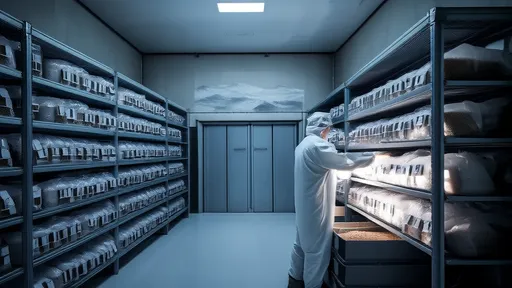
By /Jul 16, 2025

By /Jul 16, 2025
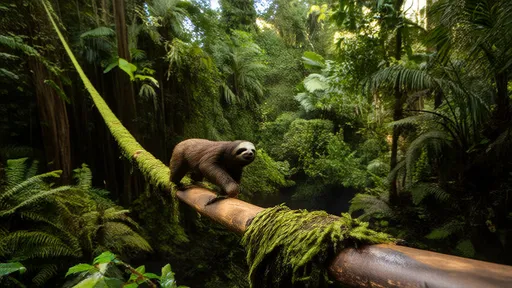
By /Jul 16, 2025
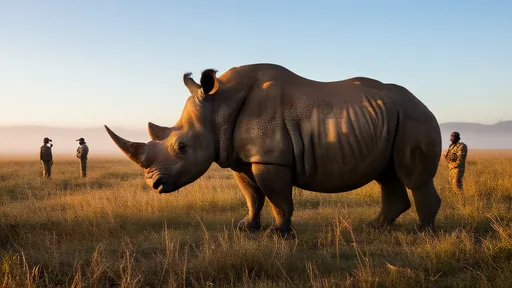
By /Jul 16, 2025

By /Jul 16, 2025
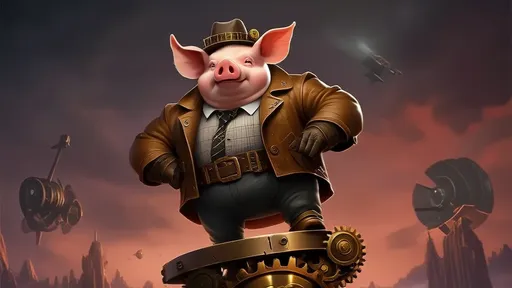
By /Jul 16, 2025
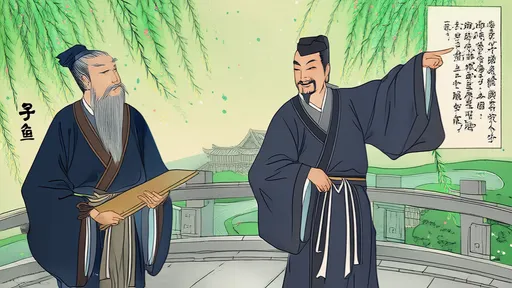
By /Jul 16, 2025
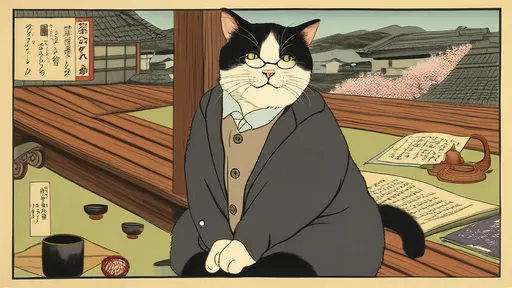
By /Jul 16, 2025

By /Jul 16, 2025
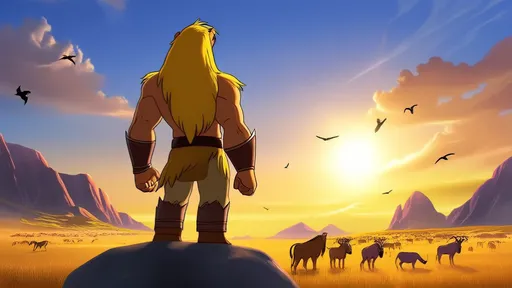
By /Jul 16, 2025
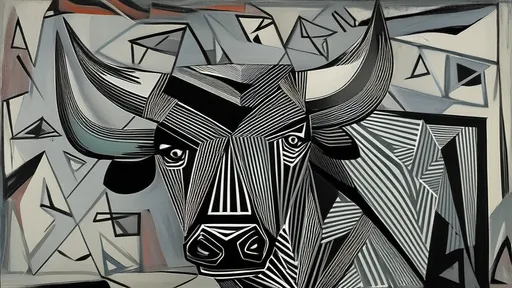
By /Jul 16, 2025

By /Jul 16, 2025
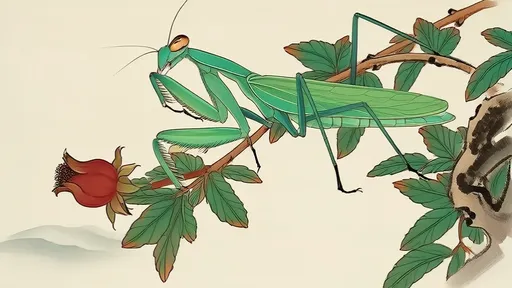
By /Jul 16, 2025
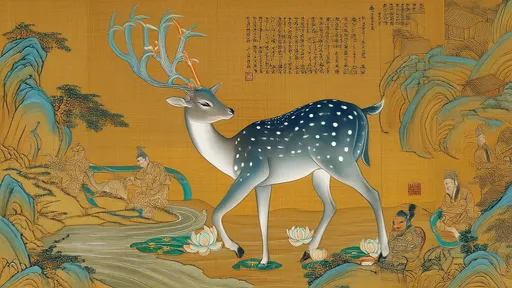
By /Jul 16, 2025

By /Jul 16, 2025
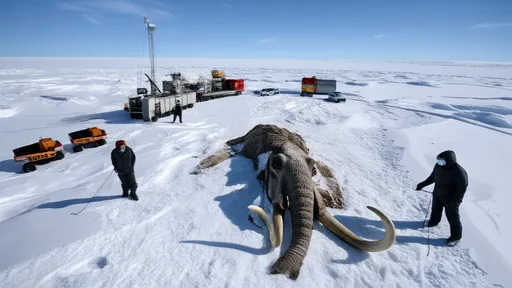
By /Jul 16, 2025
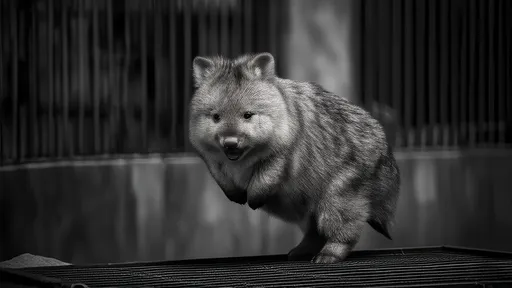
By /Jul 16, 2025
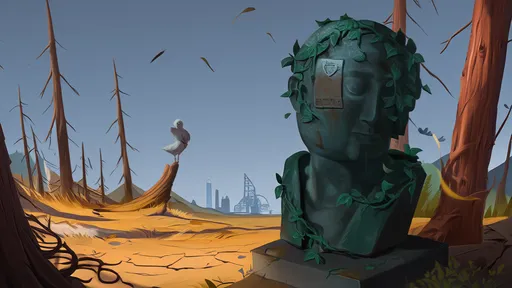
By /Jul 16, 2025

By /Jul 16, 2025